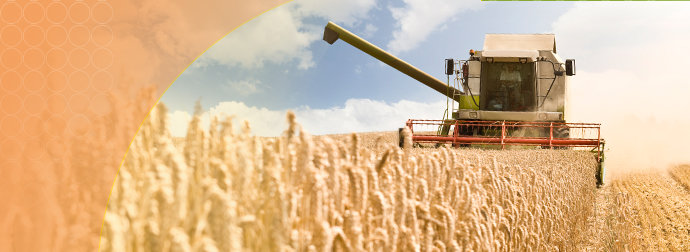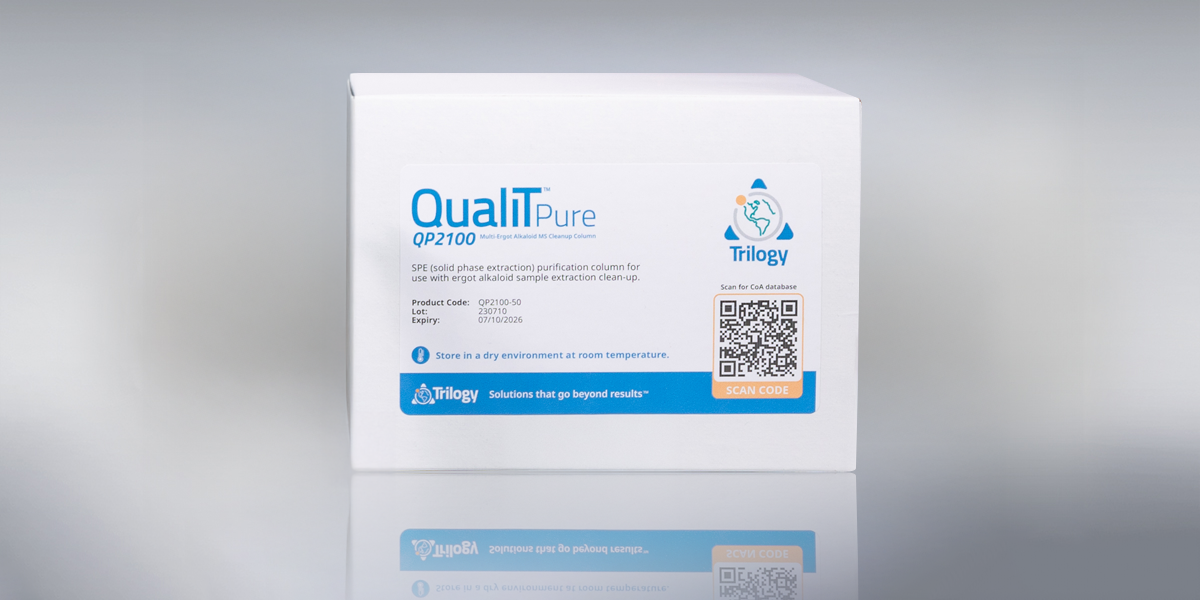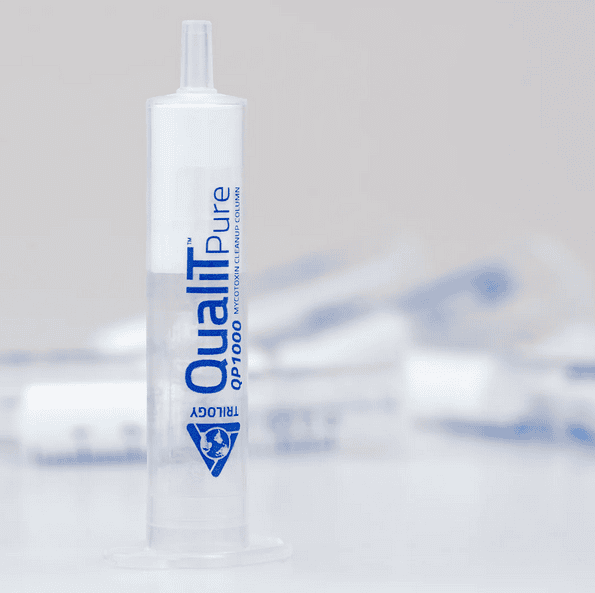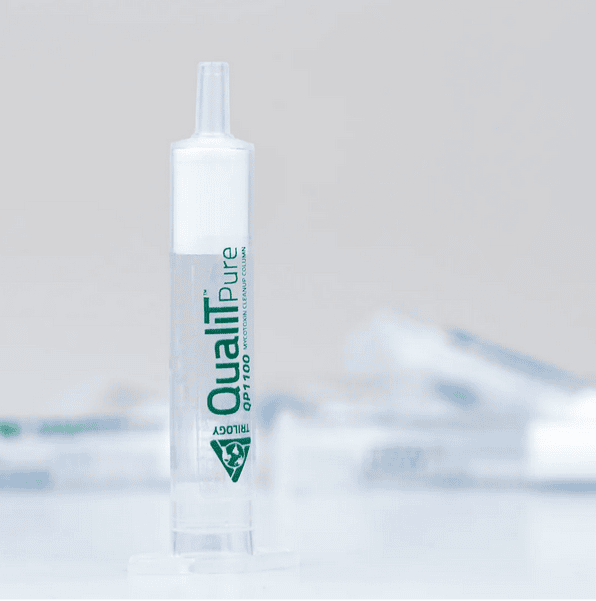
Recent news in Food & Feed Analysis
- Home
- /
- Fusarium toxins in wheat:...
Fusarium toxins in wheat: Here’s what farmers need to know now

Many farmers are currently concerned about Fusarium fungi: The humid climate of this year has created ideal conditions for moulds. The fungal toxins could cost farmers a significant part of their harvest. Current forecasts from the United Kingdom and Switzerland give us cause for concern.
Experts are sounding the alarm: Due to humid climate during flowering, there could be a high occurrence of mycotoxins this year in Europe. Persistent rain and temperatures around 20°C provided ideal conditions for the spread of Fusarium fungi. These harmful fungi pose a problem mainly because they can produce dangerous mycotoxins, including Trichothecenes, Zearalenone and Deoxynivalenol (DON, also known as Vomitoxin).
At the beginning of this year’s wheat harvest, various studies are warning of increased mycotoxin contamination:
- In Switzerland, industry organization swiss granum expects high DON contaminations for the 2016 grain harvest. According to the study, infestation with Fusarium fungi seems to be at a high level. During this year’s wheat flowering, there were more days with favorable weather conditions for Fusarium fungi compared to previous years. These are the results of the forecasting system FusaProg.
- In the United Kingdom, data from the authority AHDB suggest that 90 % of the winter wheat is at moderate or high risk of Fusarium infection. Especially the southern and eastern regions of England are at high risk, since the weather conditions during flowering were very favorable for the spread of Fusarium fungi.
Germany, France and Hungary are reporting on increased Fusarium infections, too.
What should farmers do in case of a Fusarium infection?
Given the high risk, farmers should carefully check their crops for Fusarium infections. Pale pink ears indicate a Fusarium infection of wheat. When a mould infestation is detected, it is important to harvest and store heavily infested plots separately in order to prevent further spreading.
Various analytical methods can quantify mycotoxin levels in the grain, e.g. rapid lateral flow tests. The RIDA®SMART APP offers a new way to evaluate lateral flow tests quantitatively. In principle, farmers have the following options when dealing with Fusarium toxins:
In principle, farmers have the following options when dealing with Fusarium toxins:
- Disposal: The safest bet is to dispose contaminated lots. However, this is often not practicable from an economic perspective.
- Blending: Blending contaminated lots with uncontaminated lots in order to dilute mycotoxin concentrations is not allowed in most countries. There is a general ban on dilution in the EU.
- Alternative usage: Lots that are not suitable for food production might still be used as animal feed. Cattle is less sensitive to DON than pigs.
- Detoxification: Chemical processes aimed at removing toxins from the grains are very complex and expensive and thus not yet relevant in practice.
- Prevention: Agricultural measures can reduce the spread of moulds. These include cultivation of resistant varieties, tillage, crop rotation and the use of fungicides. After harvesting, fungal infestation can be prevented through rapid drying and proper storage conditions.



